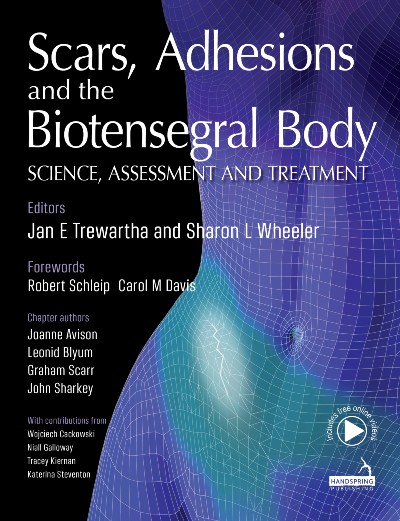Scars, Adhesions and the Biotensegral Body – Case Study 2: Treatment of Caesarean scar
This highly illustrated book explains the effects of scars and adhesions on the body through the lens of biotensegrity, a concept that recognizes the role of physical forces on their formation, structure and treatment. It includes contributions from specialists in the fields of fascial anatomy, biotensegrity, movement, surgery and other manual therapies. It takes a…
Bone is fascia
Schleip et al’s (2012) What is ‘fascia’? A review of different nomenclatures, as a starting point and with subsequent posts (Adstrum et al 2016, Stecco et al, 2018), it is clear that nothing is clear: fascia nomenclature is in a state of flux. The definition of fascia keeps expanding and what is now considered fascia includes all the muscles except the cells encased within epimysium and perimysium, the nerve devoid of its neural component, the gut devoid of its
digestive cells, and the organs (kidney, heart, liver, etc.) devoid of their specialized organ cells.
Should bone be considered fascia: Proposal for a change in taxonomy of bone – a clinical anatomist’s view
Fascia is the accepted term to describe integrated three-dimensional connective tissues that have failed to be described in a manner agreed by recognised anatomical authorities. It is proposed that the ambiguity concerning the seeming indefinability and lack of agreement is predominantly conceptual and partially technical.
Fascia and tensegrity: The quintessence of a unified systems conception
The heterogeneous connective tissue fascia is constructed upon a tensegrity-based architecture providing cells and organism’s
with stability coupled with mobility. A term coined by Sharkey and Avison “Fasciategrity” used for the first time at the British
Fascia Symposium 2018, speaks of the relationship of balance and integrity within the fascial net.
Fascia and living tensegrity considerations in lower extremity and pelvic entrapment neuropathies
Peripheral neuropathies can have a plethora of origins including physical insults resulting from connective
tissue compression and entrapment. Observational investigations, using biotensegrity focused dissections,
have identified site-specific fascial structures that are hypothesised to afford integrity to neurovascular
structuresby providing appropriate tension and compression.
Site specific fascia tuning pegs and places of perilous passage myofascial considerations in upper extremity entrapment neuropathies: a clinical anatomist’s view
The objective of this study was to identify common anatomical locations of densified fascia associated with
axillary, musculocutaneous, median, ulnar and radial nerve entrapment. Additionally, a proposal concerning a
tensegrity based expansive decompressive protective role of muscles and ligaments as ‘site-specific fascia
tuning pegs’ is offered for consideration.




